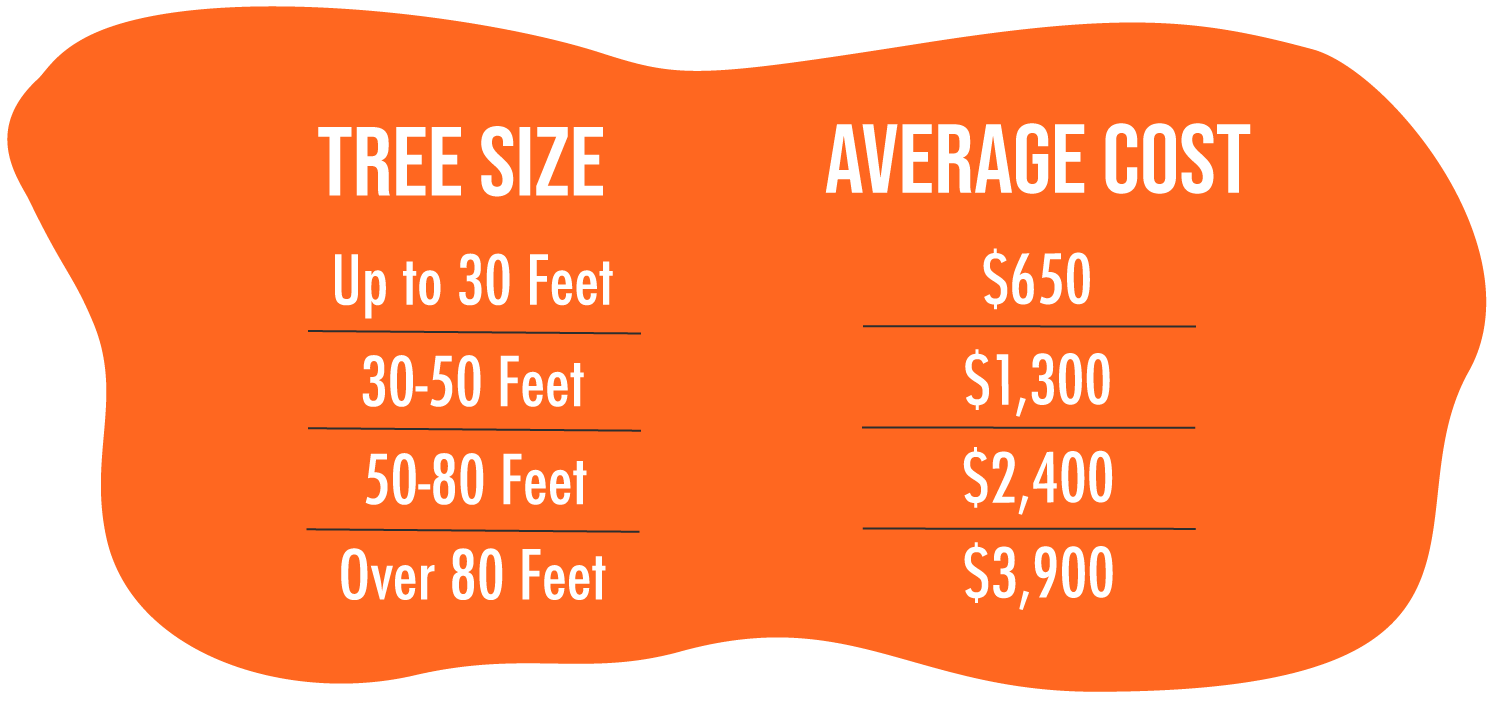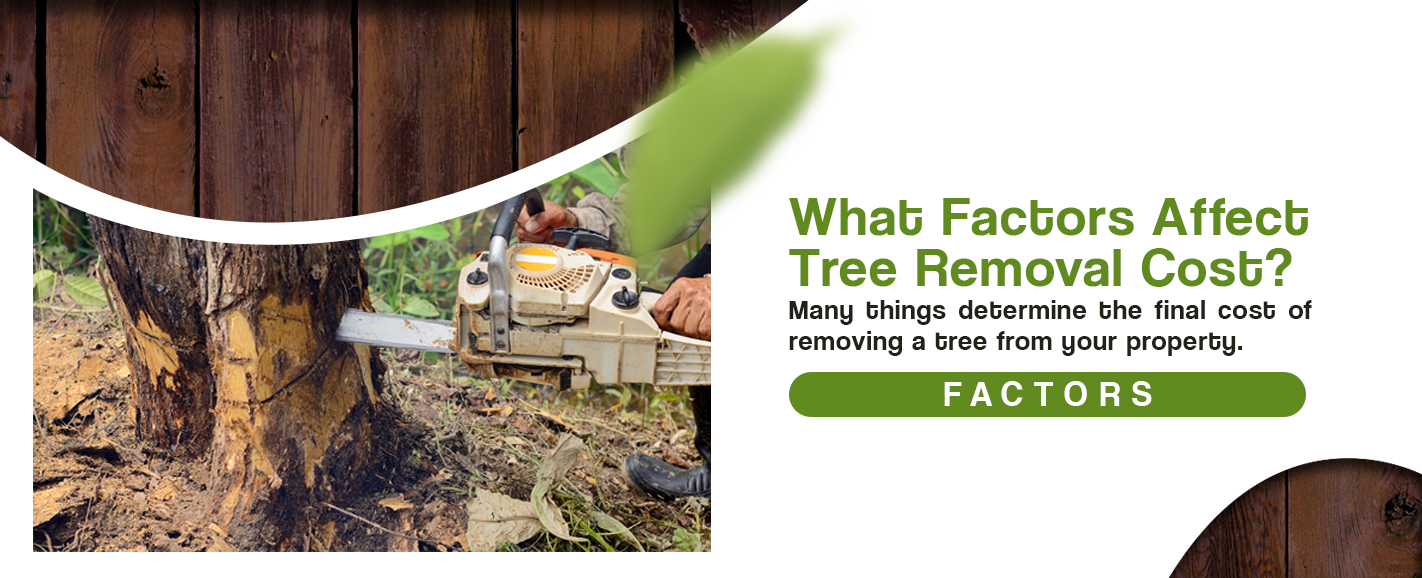Featured
Table of Contents
- – Winter Tree Clearing Pricing In Laurel, MS
- – Laurel, MS Stump Removal: Affordable Solutions
- – Seasonal Tree Trimming Pricing In Laurel, MS
- – Electrical Replacement Costs For Stump Grindi...
- – Laurel, MS Stump Grinding Specialists: Pricing
- – What You Need To Know About Tree Cutting Pric...
- – Laurel, MS Tree Service Price Analysis
- – Laurel, MS Tree Removal Repair Prices
- – Laurel, MS Tree Trimming Evaluation: Pricing
- – Laurel, MS Stump Removal Installation Cost G...
- – Laurel, MS Stump Grinding Warning Signs: Pri...
- – How Much Should An Stump Removal Cost In Lau...
- – Seasonal Tree Clearing Pricing In Laurel, MS
- – Laurel, MS Tree Removal Pricing Guide 2025
- – Household Arborist Costs In Laurel, MS

The subsections listed below supply more comprehensive information about prices, including an average range for each. TypeAverage Elimination CostPineConiferPalmMagnoliaArborvitaeAshCedarSweet GumEucalyptusSycamoreCypressOakMaplePoplar You can expect to pay between to get rid of a pine, depending on its size. Getting rid of a pine is one of the more budget friendly jobs unless it is one that has been around for many years and is quite large.
Winter Tree Clearing Pricing In Laurel, MS
Pines likewise have a tap root that grows deep into the soil, which can show to be harder to eliminate. The procedure itself includes a specialist cutting the tree, clearing the base, cutting the surface roots, getting rid of the stump, and finally dealing with the soil. Without an expert hand, you risk leaving pine seedlings behind, which will fall from the roots of distressed pines.
Laurel, MS Stump Removal: Affordable Solutions
The U.S. national average for conifer elimination is approximately to have the conifer reduced, transported away, and the stump ground or eliminated completely. Conifers are generally much easier to get rid of, and even though they can grow rather tall, they do not cost a fortune to remove. Conifers include pine, spruce, fir, and juniper trees.
Seasonal Tree Trimming Pricing In Laurel, MS
While conifers are beautiful, they eliminate native plants and particular types of lawn (tree service). The typical cost of palm removal depends on the height as much as the type, varying from.
Electrical Replacement Costs For Stump Grinding In Laurel, MS
That is why it is essential to know which type you are removing. While you do not need an herbicide to kill a palm tree, there are some actions your removal professional will need to take to make sure the task is done correctly. There are two methods they can get rid of them: by slicing them down or digging them up.
Laurel, MS Stump Grinding Specialists: Pricing
This is due to the fact that small animals like rats and scorpions typically reside in them. Plus, lots of types will have spikes, too. From there, they eliminate the actual tree and then the stump. Anticipate to pay between to remove this type of tree, depending on the specific size and details of the task.
What You Need To Know About Tree Cutting Prices In Laurel, MS
There are three types: green, white, and black ash. With its gray-tinged bark, its leaves are green or purple in the spring and golden yellow or purplish-red in the fall.
Laurel, MS Tree Service Price Analysis

However, the bark is softer, and it blooms later on in the year. Due to the variation in height, the removal price difference is large from. A coniferous, evergreen tree, the cedar is a durable types. Real cedars take pleasure in higher elevations, mainly in the Mountain ranges and the Mediterranean. A true cedar can grow as high as 160 feet in height and is typically planted in the United States as a landscape option.
Laurel, MS Tree Removal Repair Prices
The development of false cedars varies from 50 feet up to 230 feet high. With star-shaped leaves and stunning fall colors, the sweet gum is considered a medium to big tree.
Laurel, MS Tree Trimming Evaluation: Pricing
Typically, it costs between to get rid of a eucalyptus. Eucalyptus are not typical all over, but they are quite large compared to others, which is why even the smaller sized ones are so pricey to get rid of.
Laurel, MS Stump Removal Installation Cost Guide
There are a handful of ways to do this, consisting of burning, pulling, grinding, or killing them with herbicide. Anticipate to pay between to get rid of sycamores, based upon the height, trunk size, and quantity of work included. Sycamores are one of the largest wood trees, usually varying from 60 to 100 feet high and as broad as 15 feet.
Laurel, MS Stump Grinding Warning Signs: Pricing Edition
The first two actions will expose the insides of the tree and cut off the circulation of nutrients up the trunk. From there, an expert applies herbicide to eliminate the tree and cuts down the trunk.
How Much Should An Stump Removal Cost In Laurel, MS
There are several types of Cypress trees, but the most prevalent are the Leyland, Arizona, Bald, and Italian. The Bald Cypress grows in swampy or extremely wet locations while the others enjoy a dry, warm, or hot environment (stump grinding). They can grow as tall as 80 to 100 feet tall
Seasonal Tree Clearing Pricing In Laurel, MS

Prone to illness, the Cypress is one of the most valued woods for furnishings. The typical oak grows to around 60 feet, and depending on the complexity of the elimination, it costs an average of to get rid of. The exact size of your oak and the effort needed to fell it affect what you will in fact pay for elimination in addition to any additional services like stump grinding.
Laurel, MS Tree Removal Pricing Guide 2025
Access to the trees and the roots will also impact the total cost. Maples can easily mature to 100 feet or more and normally expense in between to remove from your residential or commercial property. The last cost depends on the actual height and intricacy of the task. Maples are generally amongst the more costly trees to eliminate because of their size and the work associated with the removal.
Household Arborist Costs In Laurel, MS
Poplars are giants of the species. Growing as high as 90 to 115 feet, these massive woods are mainly found in The United States and Canada and include the aspen, cottonwood, and balsam trees. Boasting an extensive root system, poplars can be pricey to get rid of when totally grown. The procedure to eliminate trees involves all the cutting and cutting of the branches and trunk, bringing it down to a stump.
Table of Contents
- – Winter Tree Clearing Pricing In Laurel, MS
- – Laurel, MS Stump Removal: Affordable Solutions
- – Seasonal Tree Trimming Pricing In Laurel, MS
- – Electrical Replacement Costs For Stump Grindi...
- – Laurel, MS Stump Grinding Specialists: Pricing
- – What You Need To Know About Tree Cutting Pric...
- – Laurel, MS Tree Service Price Analysis
- – Laurel, MS Tree Removal Repair Prices
- – Laurel, MS Tree Trimming Evaluation: Pricing
- – Laurel, MS Stump Removal Installation Cost G...
- – Laurel, MS Stump Grinding Warning Signs: Pri...
- – How Much Should An Stump Removal Cost In Lau...
- – Seasonal Tree Clearing Pricing In Laurel, MS
- – Laurel, MS Tree Removal Pricing Guide 2025
- – Household Arborist Costs In Laurel, MS
Latest Posts
Lake City, SC Tree Clearing Pricing Estimates
Real Key Largo, FL Tree Service Testimonials
Annual Tree Clearing Costs In Oakland, CA
More
Latest Posts
Lake City, SC Tree Clearing Pricing Estimates
Real Key Largo, FL Tree Service Testimonials
Annual Tree Clearing Costs In Oakland, CA